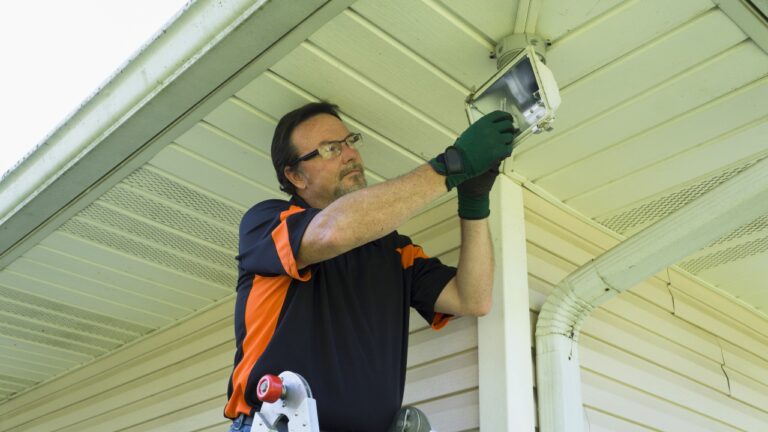7 Things to Check on Your Roof Before Summer Storms Hit
When summer storms roll in, your roof is the first thing taking the hit. Between wind, hail, and heavy rain, weak spots can go from minor issues to serious damage fast. A quick check now can save you from expensive repairs later—not to mention water leaking where it shouldn’t.
You don’t need to be a roofing pro to spot most problems early. Here’s what to look for before the next round of storms makes its way through.
Look for Missing or Damaged Shingles
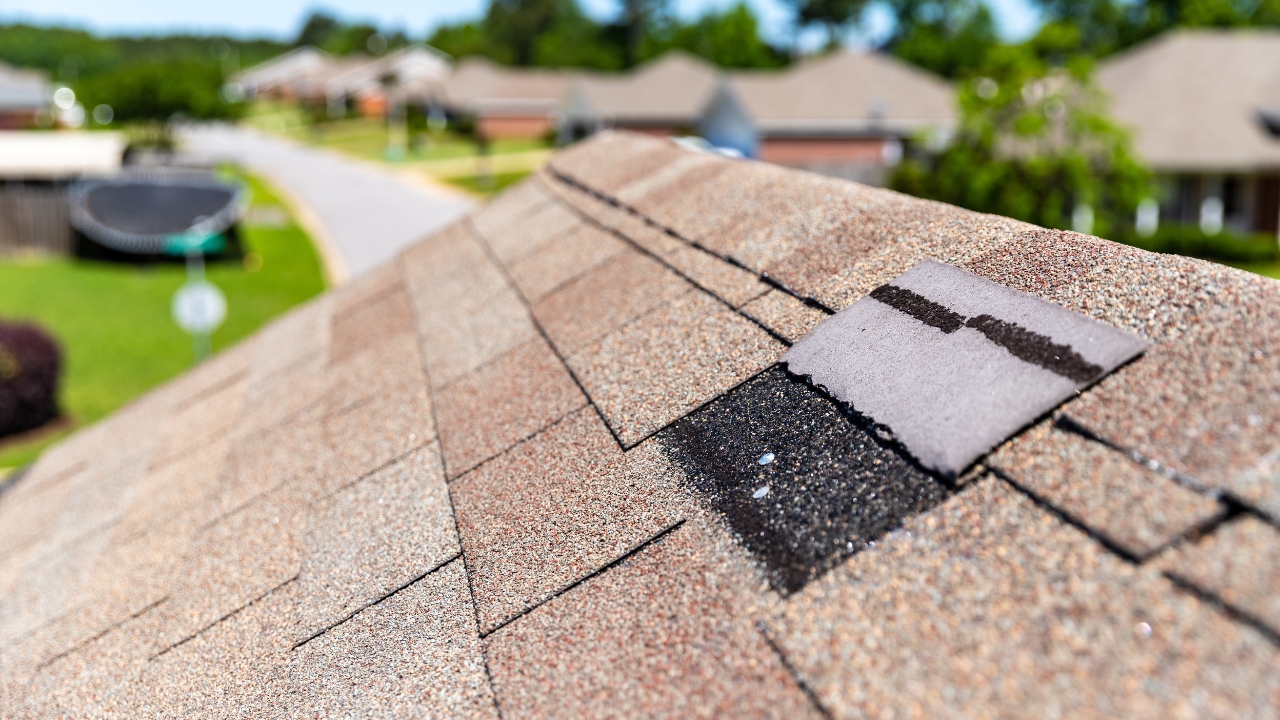
Even one missing shingle can let water seep in during a downpour. Summer storms are known for strong winds, and if your roof already has loose or cracked shingles, they’re not going to hold up.
Stand back and look for patches that don’t match the rest of your roof. Shingles that are curled, cracked, or look out of place are worth fixing now before they become a bigger issue when the weather turns.
Check Around Roof Penetrations
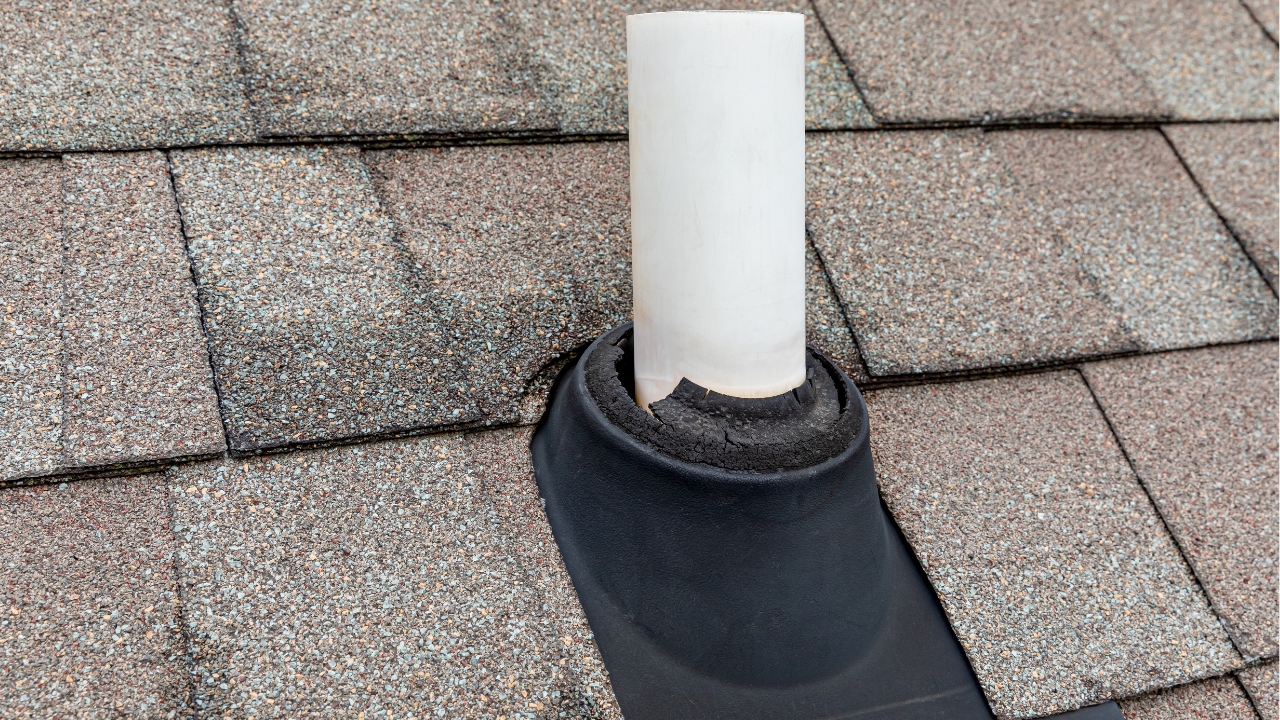
Vents, chimneys, and anything that sticks up from your roof are weak points for leaks. The flashing around them can pull away over time, especially after hard weather or years of heat cycles.
Make sure flashing is tight and hasn’t rusted or shifted. If you see any gaps or dried-out sealant, water will find its way in eventually. This is one of the most common spots for roof leaks to start.
Inspect the Gutters and Downspouts
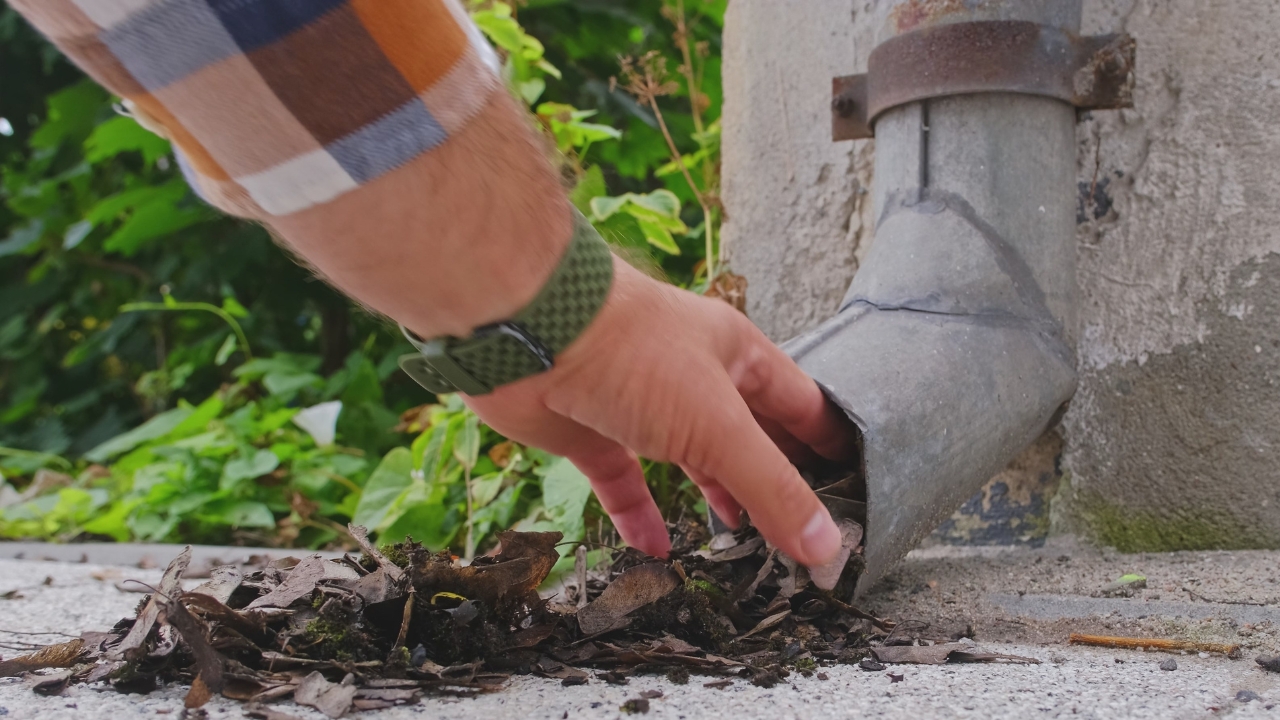
Gutters that are clogged or loose won’t do much in a heavy storm. Rain needs a clear path off your roof—otherwise it’ll back up under the shingles or pool near your foundation.
Check that your gutters are attached firmly and free from debris. Make sure the downspouts aren’t blocked and are sending water far enough away from the house. A few minutes of cleanup now is a lot easier than dealing with water damage later.
Look for Signs of Sagging
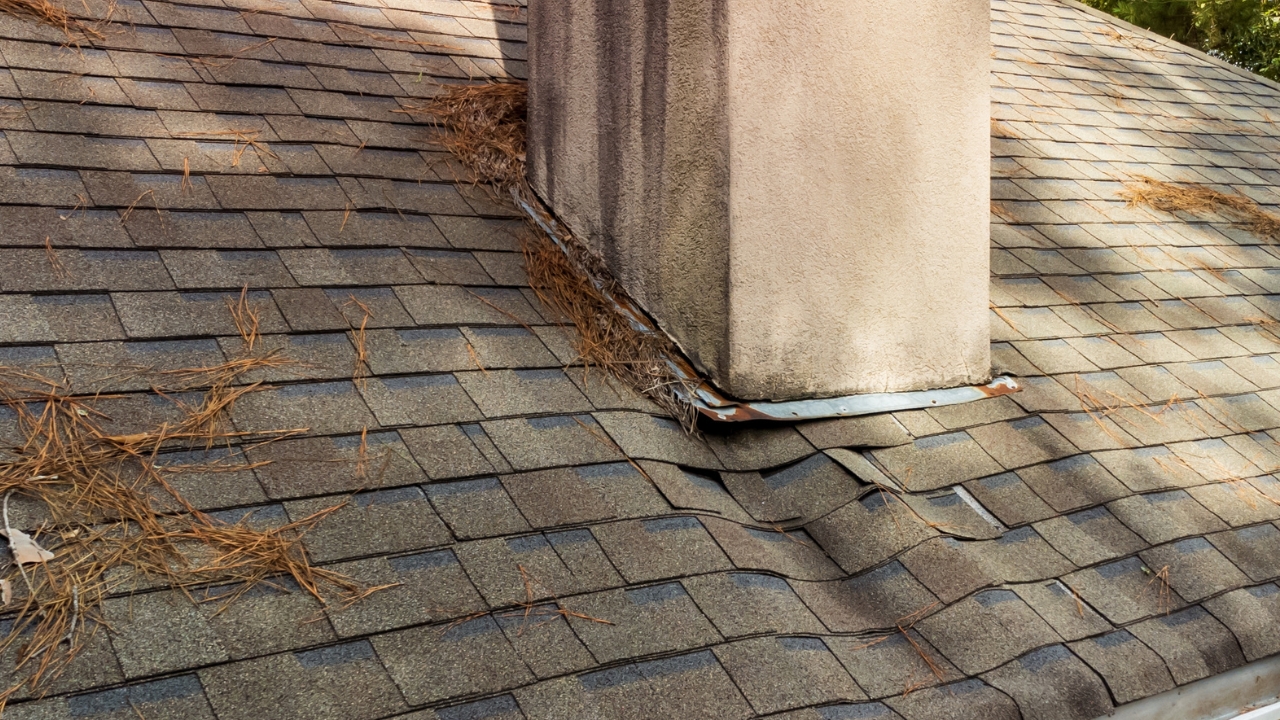
If parts of your roofline look uneven or dipped in, that’s a red flag. Sagging can mean water has been sitting there or that something underneath—like the decking—is compromised.
This can get worse fast during a storm, especially if heavy rain adds more weight. If you spot sagging, it’s worth having a professional check it out before the structure gets worse.
Check for Nail Pops
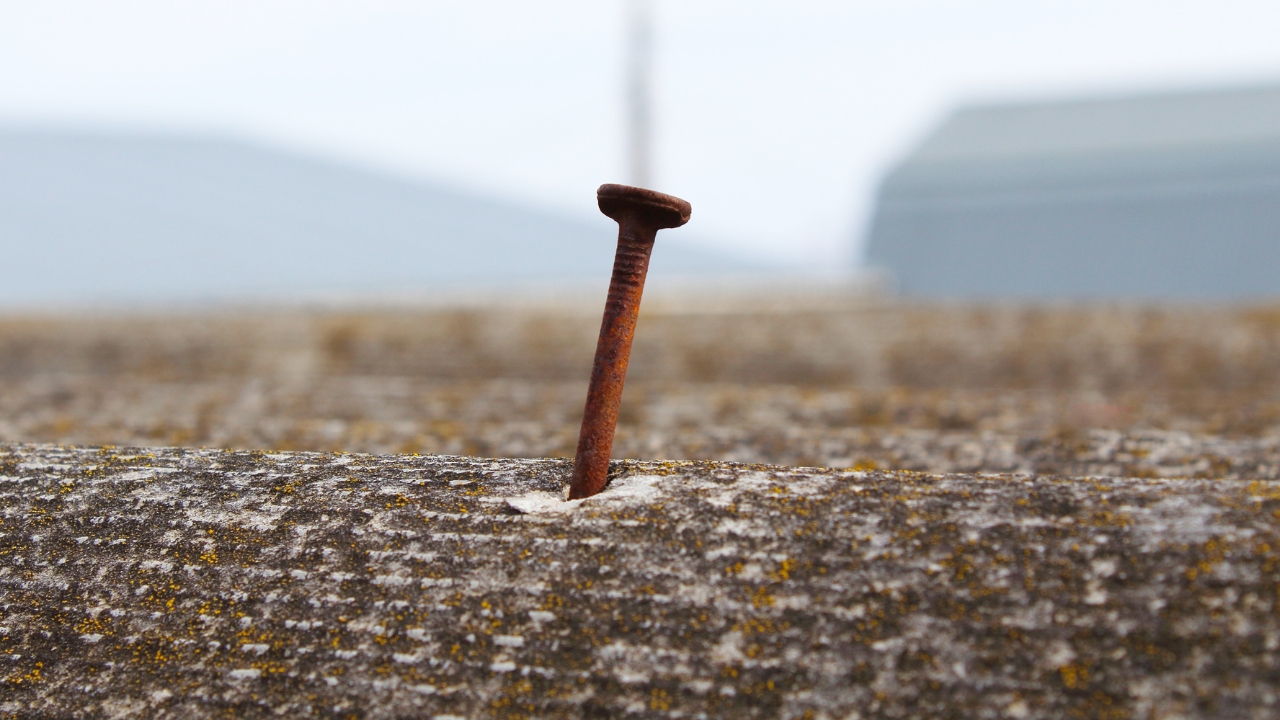
Over time, nails can start to back out of shingles, especially after high winds or temperature swings. These raised nails can damage shingles or create openings for water.
Look for little bumps or lifted areas across your roof. They’re usually easy to fix, but if left alone, they’ll keep working their way up—and take your shingles with them.
Watch for Granule Loss
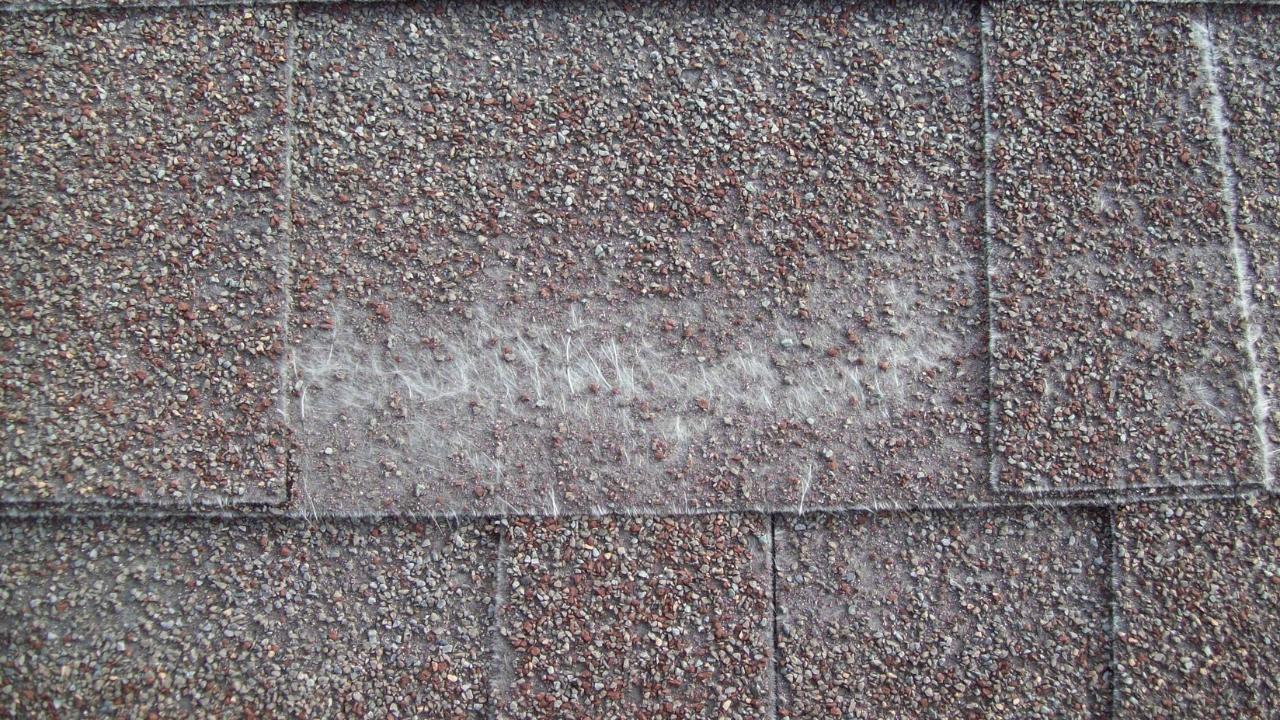
Those gritty granules on asphalt shingles aren’t just for looks—they protect your roof from the sun and help water run off. If you’re seeing bare spots or finding granules in the gutters, your shingles are wearing out.
Granule loss gets worse with hail and heat, and it means your roof is getting closer to needing replacement. Keeping an eye on it helps you plan ahead and avoid surprise leaks mid-season.
Examine the Roof Valleys
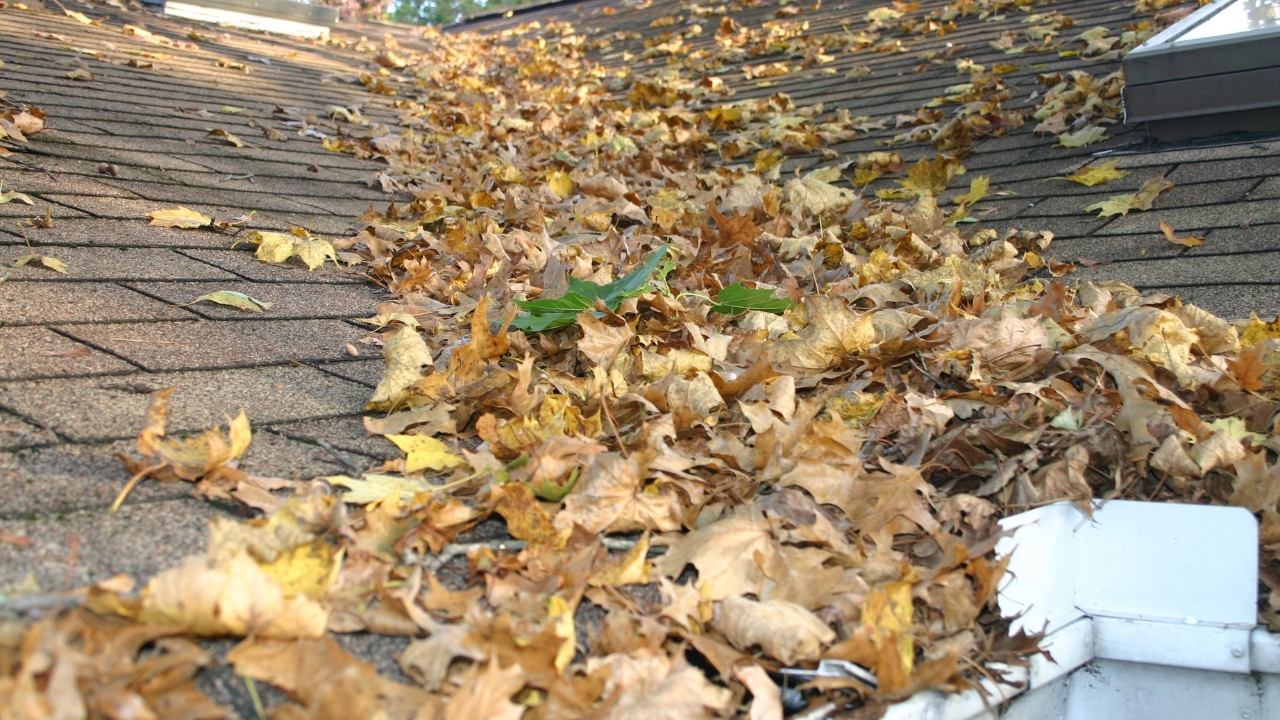
Valleys are where two roof slopes meet, and they handle a lot of water flow during storms. If there’s debris buildup or damaged shingles in the valleys, you’ve got a weak spot.
Make sure nothing is clogging them up—leaves, pine needles, and even dirt can pile up fast. Water needs a clean path to drain off without backing up under the shingles in those areas.
*This article was developed with AI-powered tools and has been carefully reviewed by our editors.







